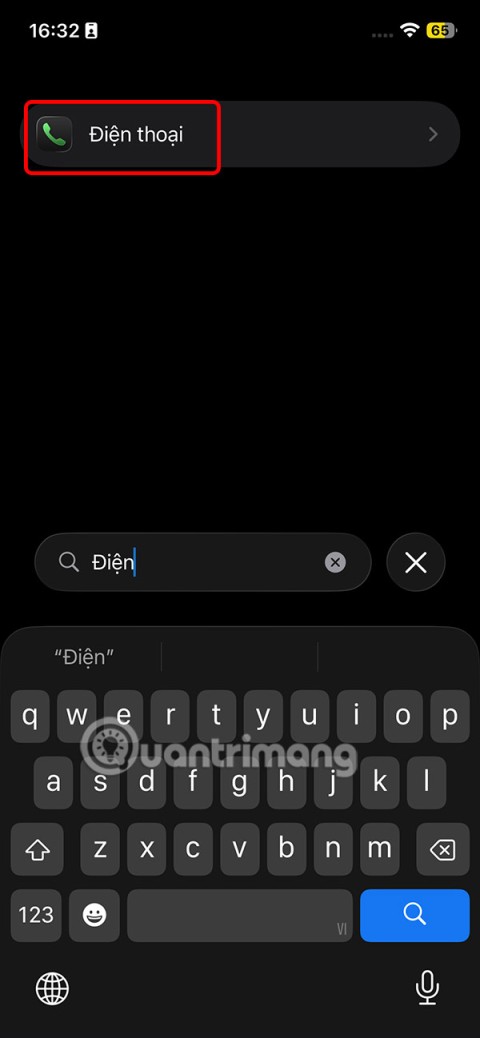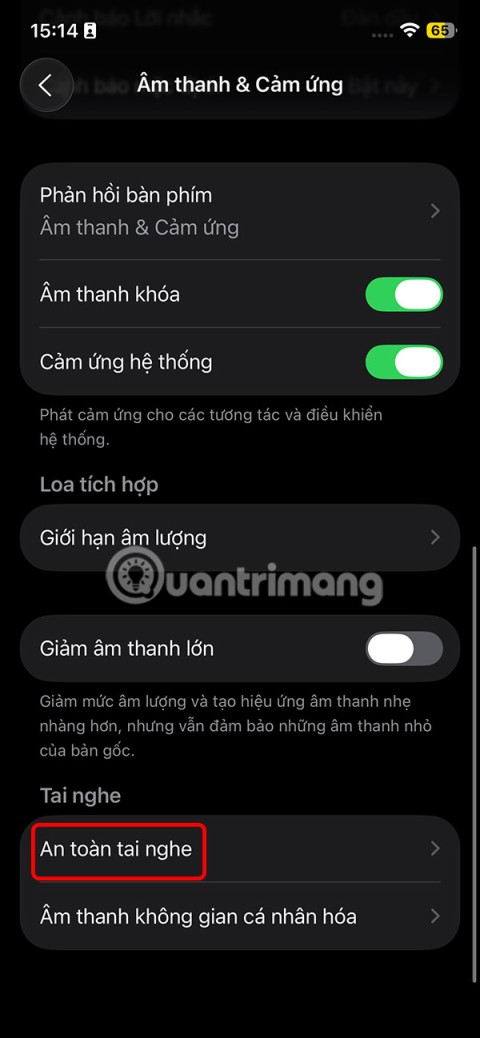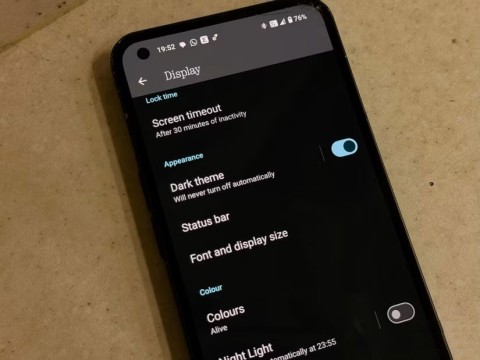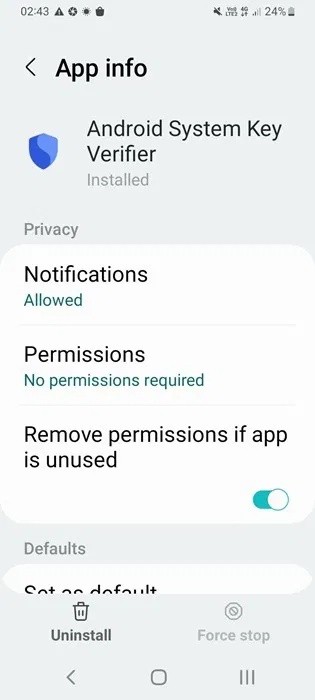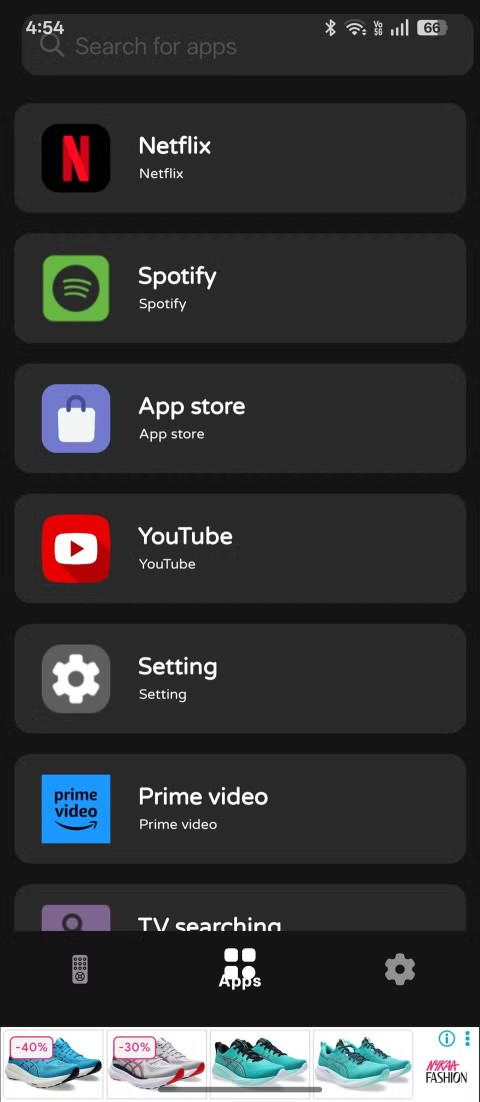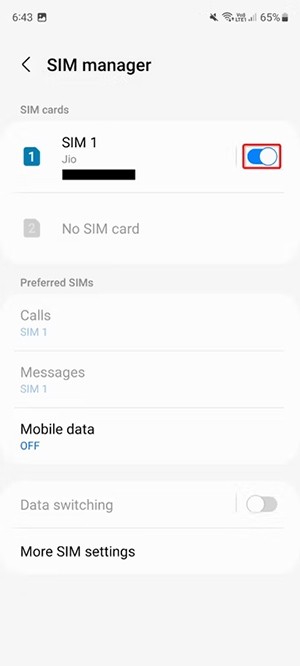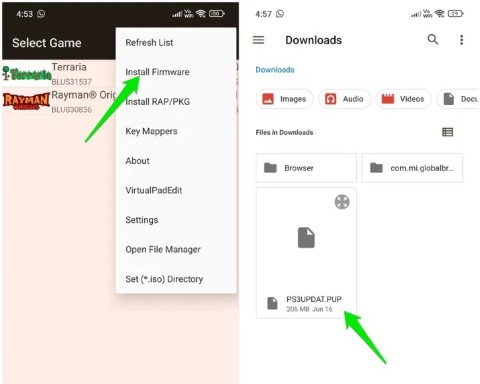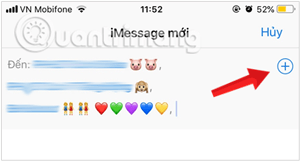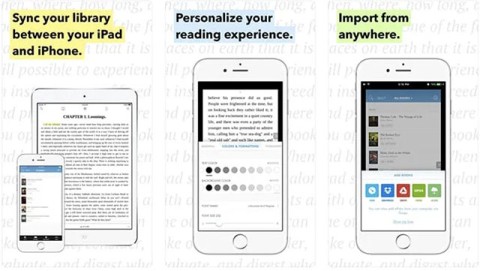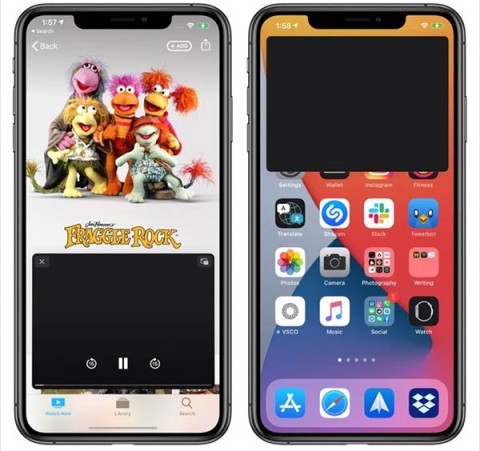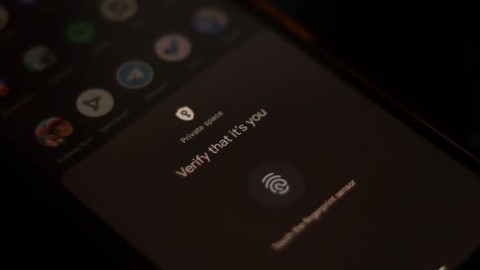How to Check Purchase History on Apple App Store
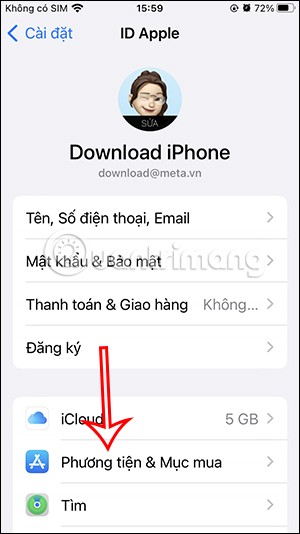
Through your purchase history on the App Store, you will know when you downloaded that app or game, and how much you paid for the paid app.
Resetting an Android phone is the process of restoring the original Android settings, returning the phone to the manufacturer's state or Factory reset, which means erasing all data, settings, and applications on the device. If the phone often freezes, lags, or is suspected of being infected with a virus, resetting or restoring the original settings can help fix this problem.
For some reason, you need to reset or restore factory settings for your Android phone, erase the entire phone to install it from scratch, but do not know how to do it, each phone line will have different factory settings recovery operations. Therefore, in this article, Quantrimang will guide you how to restore default settings on each Android line.
Table of Contents
Factory resetting your Samsung Galaxy phone always makes you afraid of losing important data. But you don't need to back up to your computer or pay for expensive cloud services, because Samsung's temporary cloud backup feature will provide the perfect solution to this problem.
Before you factory reset your Samsung Galaxy phone, you'll want to make sure all of your data, including photos, videos, apps, settings, and more, is backed up. While Samsung Cloud backs up essential data like contacts, call logs, SMS messages, and apps, it doesn't store your device's photos, videos, and documents.
To create a complete backup, you'll need to use a third-party cloud storage service like Google Drive or Microsoft OneDrive. However, since both offer limited free storage—15GB for Google Drive and 5GB for OneDrive—you may need to purchase more. Alternatively, you can use a PC or external storage to back up your phone.
With Samsung's temporary cloud backup feature, you don't have to worry about any of that. It lets you securely store all the data on your Samsung Galaxy phone for free for up to 30 days. All you need is a Samsung account and a Galaxy phone running One UI 6 or later.
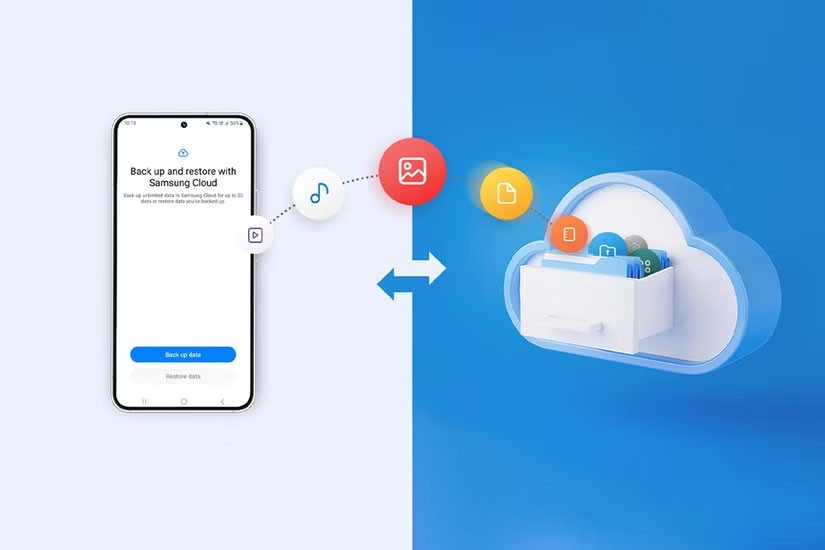
With this feature, you can safely back up your phone, factory reset it, and then restore your data easily. This feature is especially useful when switching to a new device or restoring your phone to fix problems.
Using the temporary cloud to back up everything on your Samsung phone is pretty straightforward. But before you get started, there are a few things you should keep in mind:
Here's how to use temporary cloud backup to back up everything on your Samsung Galaxy phone:
The backup process may take some time, depending on your Internet speed and the size of the backup.
Note : Samsung phones will need enough storage space to compress data locally before uploading to the cloud. If you see a "Not enough space on phone to create backup" message, try freeing up some storage space first.
Once the backup is complete, you can safely factory reset your Samsung phone as usual. During setup, you'll have the option to restore your data after signing in to your Samsung account.
However, if you skipped the restore option during setup or want to restore data on an already set up Galaxy phone, follow these steps:
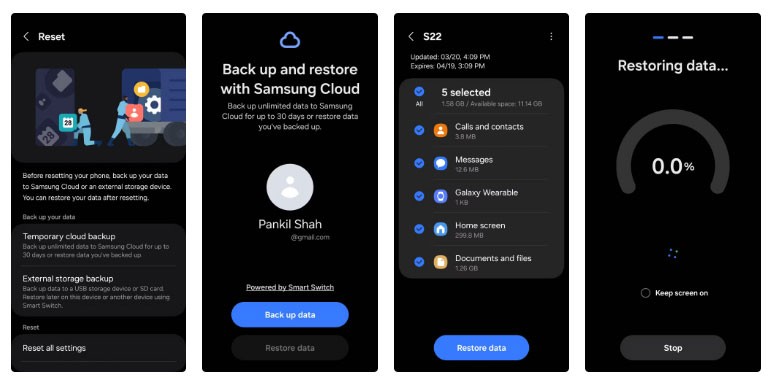
That's it! Your Samsung Galaxy phone should be back to normal with all your important data restored.
There are a number of useful features on Samsung Galaxy phones that many people would like to see on other brands, but this is perhaps the most valuable. So the next time you factory reset your phone, whether you're selling it or troubleshooting it, be sure to take advantage of this handy feature.
Step 1: Go to Settings and select Additional Settings.
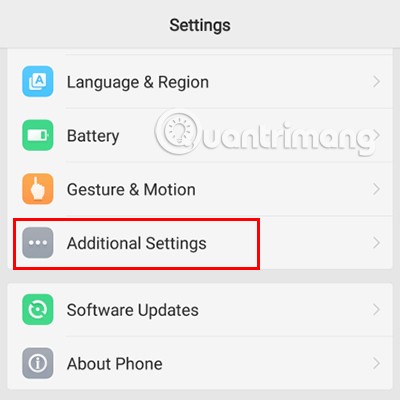
Step 2: Click Backup and Restore.

Step 3: Select Restore factory settings.
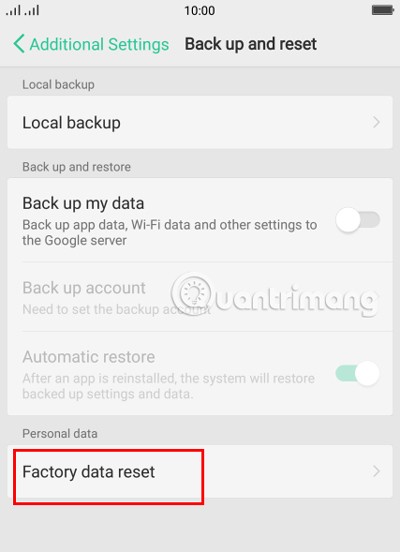
Step 4: Select Erase all data and settings.
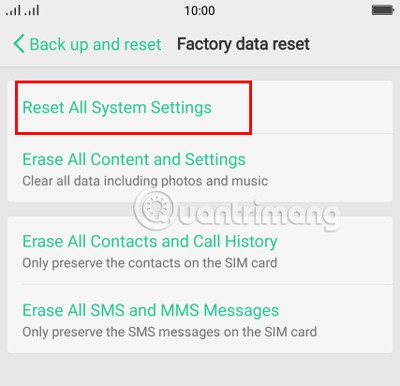
Step 5: A popup appears, click Clear data.
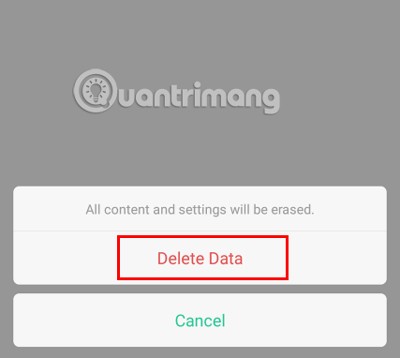
It will take a while for your OPPO phone to restore to its factory settings. Once the process is complete, you need to follow the on-screen instructions to reset your phone.
Step 1: Press and hold the power button and volume down for about 3-4 seconds until the OPPO logo appears.
Step 2: Select the language to use during the reset process > Select Wipe Data.
Step 3: Next, click and hold on Wipe all data and removable application to delete all data on the phone.
Step 4: Click OK > Select OK again to delete the data.
Step 5: Click Reboot to restart the phone > OK.
Step 1: Go to Settings and select Additional Settings.
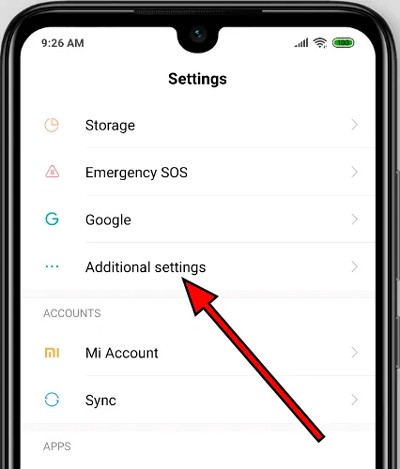
Step 2: Select Backup and Restore.
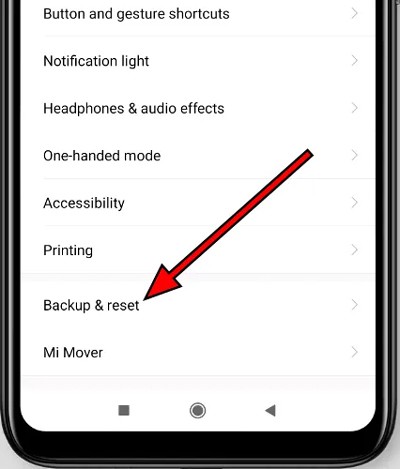
Step 3: Next select Erase all data (Reset device).
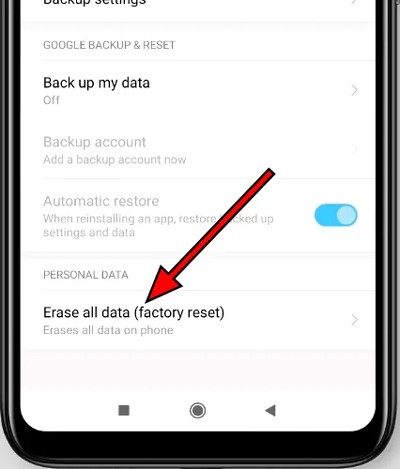
Step 4: Tap All Phone Data to completely erase the data on your Xiaomi device.

Step 5: A confirmation message will remind you that all data on your phone will be erased. Make sure you have backed up any necessary data and tap Next Step.

Step 6: A second confirmation message appears reminding you that the apps installed on your phone will be removed and this action cannot be undone. Tap OK.
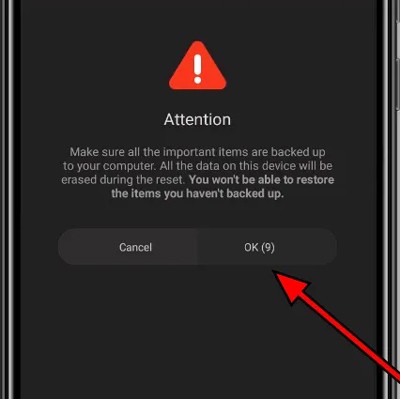
Step 7: Depending on the settings, you may need to enter your device password to be able to restore factory settings to your Xiaomi device.
After the above steps, your device will begin to restore factory settings, this process may take a few minutes.
You can also perform a factory reset on your Xiaomi phone using the physical keys. Here's how:
Step 1: Press and hold the power button to turn off the phone.
Step 2: When the power is off, press and hold the power button and the volume up button at the same time.
Step 3: Use the volume up and down keys to navigate to the options and the power button to select Wipe Data.
Step 4: Click on Wipe All Data > Press the power button to select Confirm.
Step 5: Wait until the interface appears, then click Back to main menu.
Step 6: Click Reboot > Click Reboot to System and wait for the system to automatically restore.
Step 1: Go to Settings and find Backup and restore.
Step 2: Select Restore factory settings.
Step 3: A notification appears reminding you that the content will be deleted from your Huawei phone, click Restore device to confirm.
Step 1: Power off your Huawei phone.
Step 2: Hold down the volume up key and the power key at the same time until the Huawei logo appears.
Step 3: Click on Wipe data/factory reset.
Step 4: Select Wipe data/factory reset again.
Step 5: Wait for the phone restore process to take place.
Step 6: Click Reboot system now to restart the phone.
Step 1: Go to Settings > More Settings or System Management.
Step 2: Tap Backup and reset > Erase all data.
Step 3: Select Reset phone.
Step 1: Turn off the phone. Then hold the volume down + volume up button until it switches to the Recovery interface.
Step 2: Click on Wipe data and select Wipe data again.
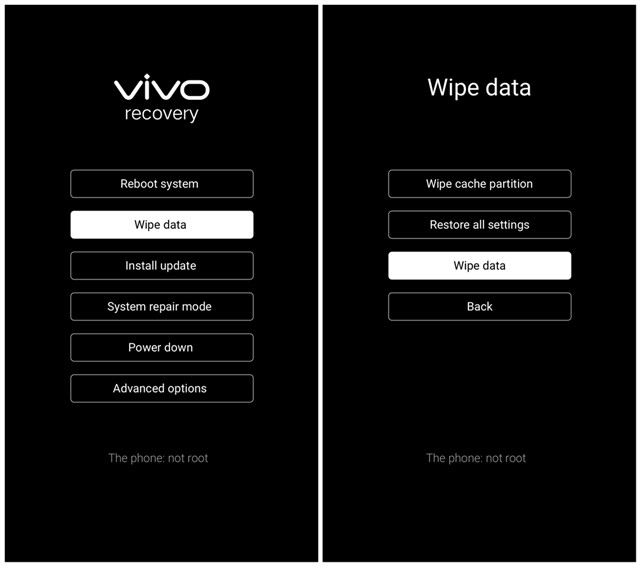
Step 3: Enter your phone password (if any).
Step 4: Finally, select Wipe data and you're done.
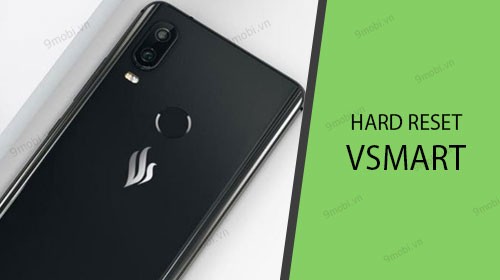
Step 1: Go to Settings > select System.
Step 2: Tap Reset options > Erase all data (reset device).
Step 3: Select Reset phone > Erase everything.
Step 1: Turn off the phone.
Step 2: Press and hold the volume up and down buttons at the same time until the screen displays Start.
Step 3: Use the up and down keys to enter Recovery Mode > Press the Power button to select Wipe data/factory reset.
Step 4: Select Yes to confirm > Select Reboot system now to restart.
Step 1: Open Settings > Click on Backup & reset.
Step 2: Select Reset phone settings.
Step 3: Click on Delete all data > Click OK.
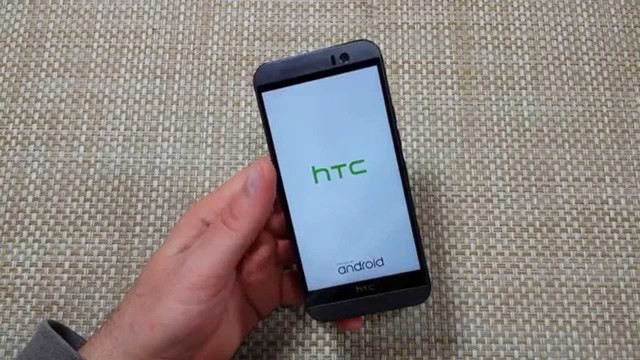
Step 1: Turn off the phone.
Step 2: Press and hold the volume down button and the power button at the same time.
Step 3: Click Factory Reset.
Step 1: Go to Settings, select Backup and reset.
Step 2: Select Factory data reset.
Step 3: Click Reset device to restore the factory settings of your Asus phone.
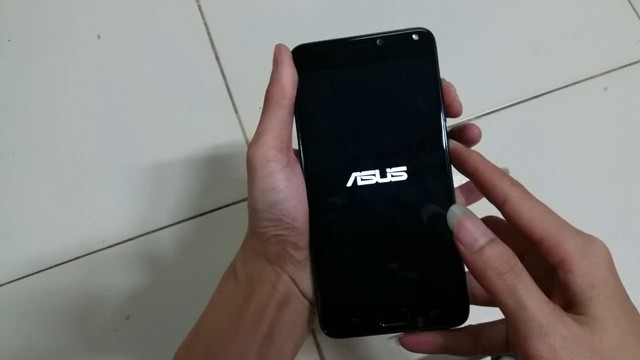
Step 1: Turn off your Asus phone.
Step 2: Press and hold the volume down button + power button until the phone vibrates.
Step 3: Use the power key to navigate to Wipe data/ factory reset.
Step 4: Select Yes by pressing the Power button.
Step 5: Click Reboot system now.
Step 1: Go to Settings Backup and reset.
Step 2: Select Reset to factory data.
Step 3: Tap Reset Phone.
Step 4: Finally select Erase everything to reset the Motorola device.
Step 1: Power off the device.
Step 2: Hold the power button + volume down combination until you are taken to the reset interface.
Step 3: Go to Recovery and select Wipe data/ factory reset.
Step 4: Next select Yes – delete all user data
Step 5: Wait for the device restore process for about 30 seconds.
Step 6: Click Reboot system now to restart the device.
Step 1: Go to Settings > select Backup and Reset.
Step 2: Tap Factory data reset.
Step 3: Select Reset phone.
Step 1: Turn off the phone then hold the volume up button to enter Recovery.
Step 2: Select Wipe data/factory reset.
Step 3: Click Yes-delete all user data.
Step 4: Click Reboot system now.
Above is the detailed guide to reset Android phones to restore factory settings that Quantrimang wants to send to you. Hopefully it will help you easily apply it to the phone product you are using.
Through your purchase history on the App Store, you will know when you downloaded that app or game, and how much you paid for the paid app.
iPhone mutes iPhone from unknown callers and on iOS 26, iPhone automatically receives incoming calls from an unknown number and asks for the reason for the call. If you want to receive unknown calls on iPhone, follow the instructions below.
Apple makes it easy to find out if a WiFi network is safe before you connect. You don't need any software or other tools to help, just use the built-in settings on your iPhone.
iPhone has a speaker volume limit setting to control the sound. However, in some situations you need to increase the volume on your iPhone to be able to hear the content.
ADB is a powerful set of tools that give you more control over your Android device. Although ADB is intended for Android developers, you don't need any programming knowledge to uninstall Android apps with it.
You might think you know how to get the most out of your phone time, but chances are you don't know how big a difference this common setting makes.
The Android System Key Verifier app comes pre-installed as a system app on Android devices running version 8.0 or later.
Despite Apple's tight ecosystem, some people have turned their Android phones into reliable remote controls for their Apple TV.
There are many reasons why your Android phone cannot connect to mobile data, such as incorrect configuration errors causing the problem. Here is a guide to fix mobile data connection errors on Android.
For years, Android gamers have dreamed of running PS3 titles on their phones – now it's a reality. aPS3e, the first PS3 emulator for Android, is now available on the Google Play Store.
The iPhone iMessage group chat feature helps us text and chat more easily with many people, instead of sending individual messages.
For ebook lovers, having a library of books at your fingertips is a great thing. And if you store your ebooks on your phone, you can enjoy them anytime, anywhere. Check out the best ebook reading apps for iPhone below.
You can use Picture in Picture (PiP) to watch YouTube videos off-screen on iOS 14, but YouTube has locked this feature on the app so you cannot use PiP directly, you have to add a few more small steps that we will guide in detail below.
On iPhone/iPad, there is a Files application to manage all files on the device, including files that users download. The article below will guide readers on how to find downloaded files on iPhone/iPad.
If you really want to protect your phone, it's time you started locking your phone to prevent theft as well as protect it from hacks and scams.
